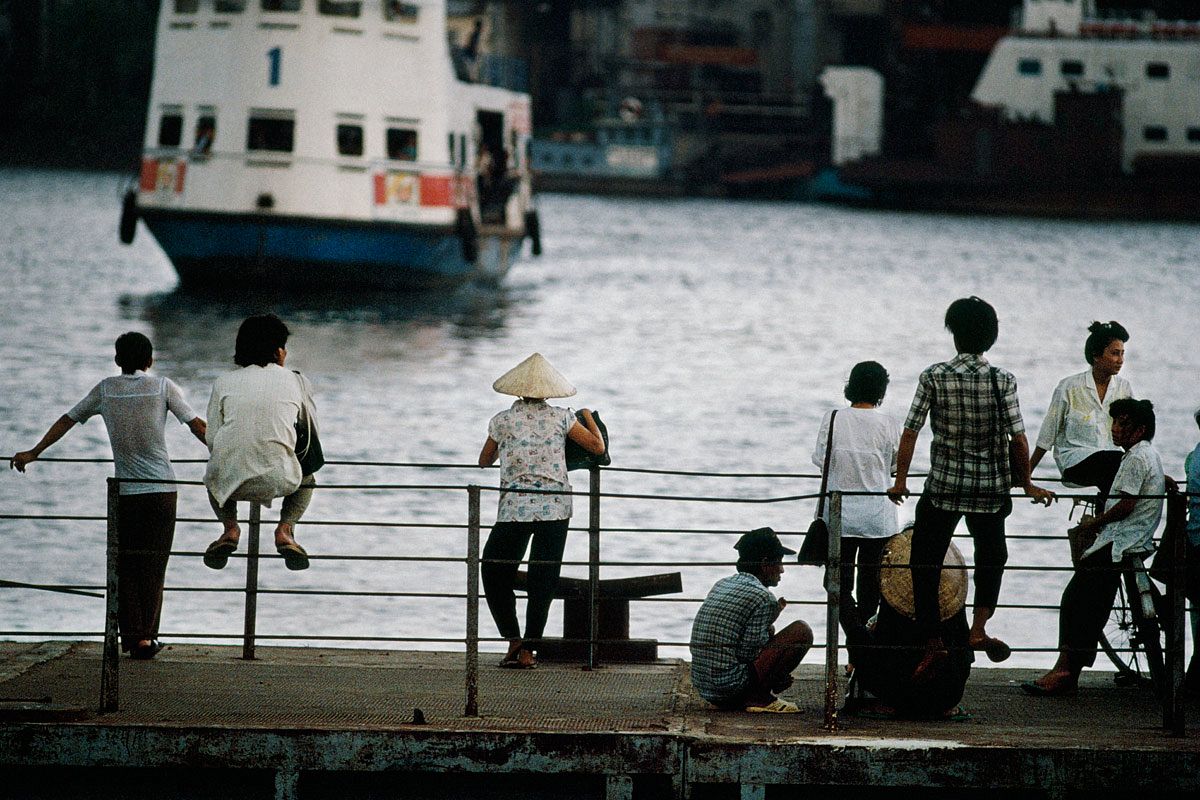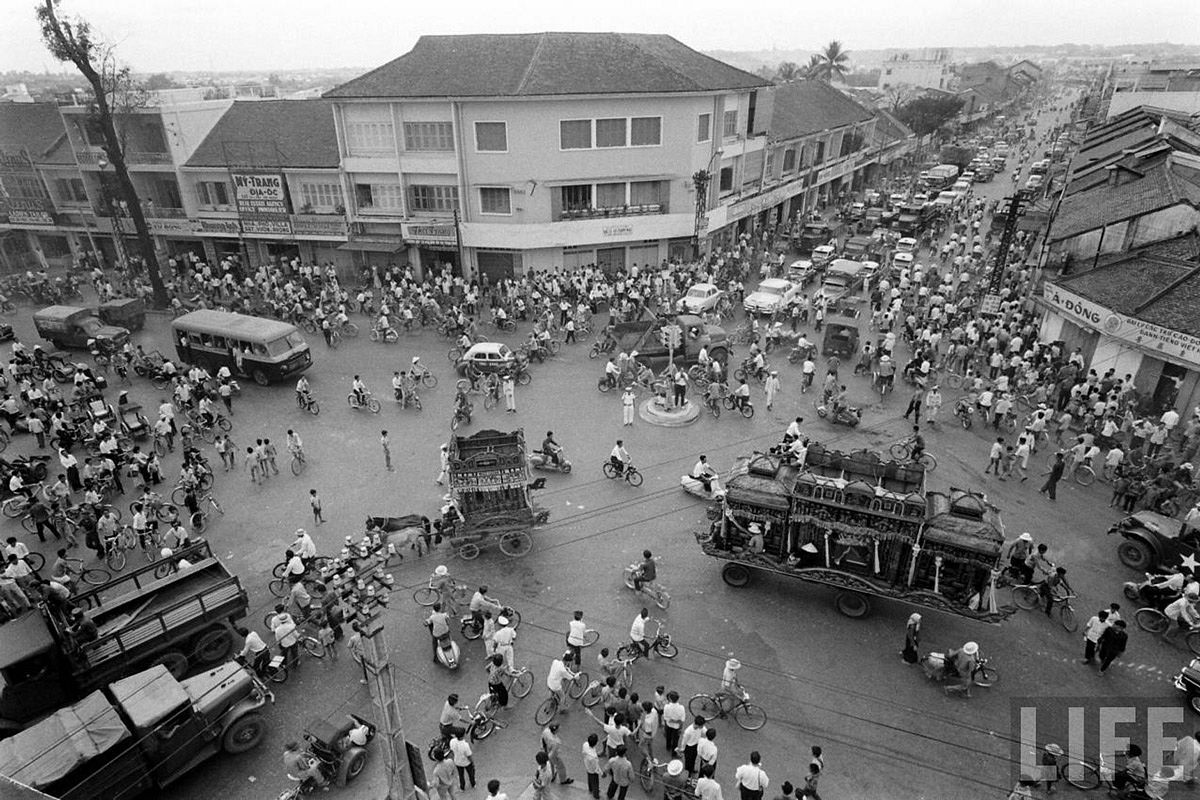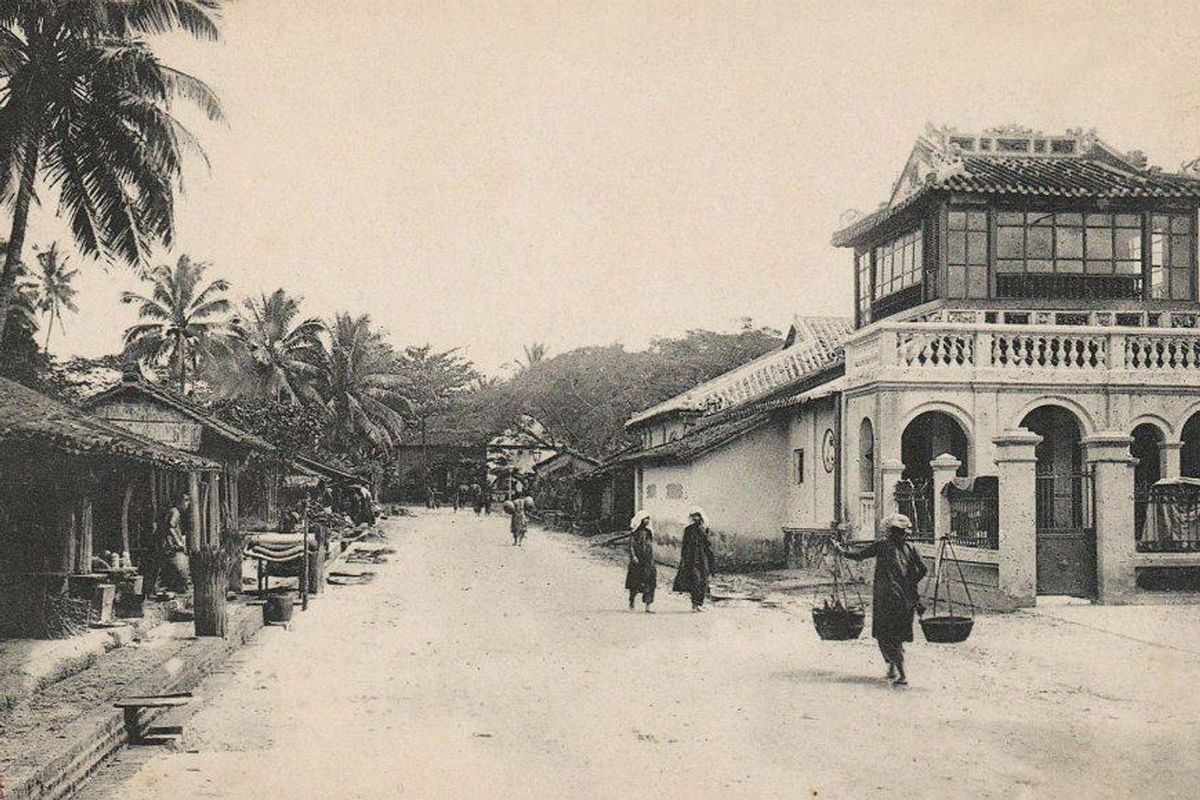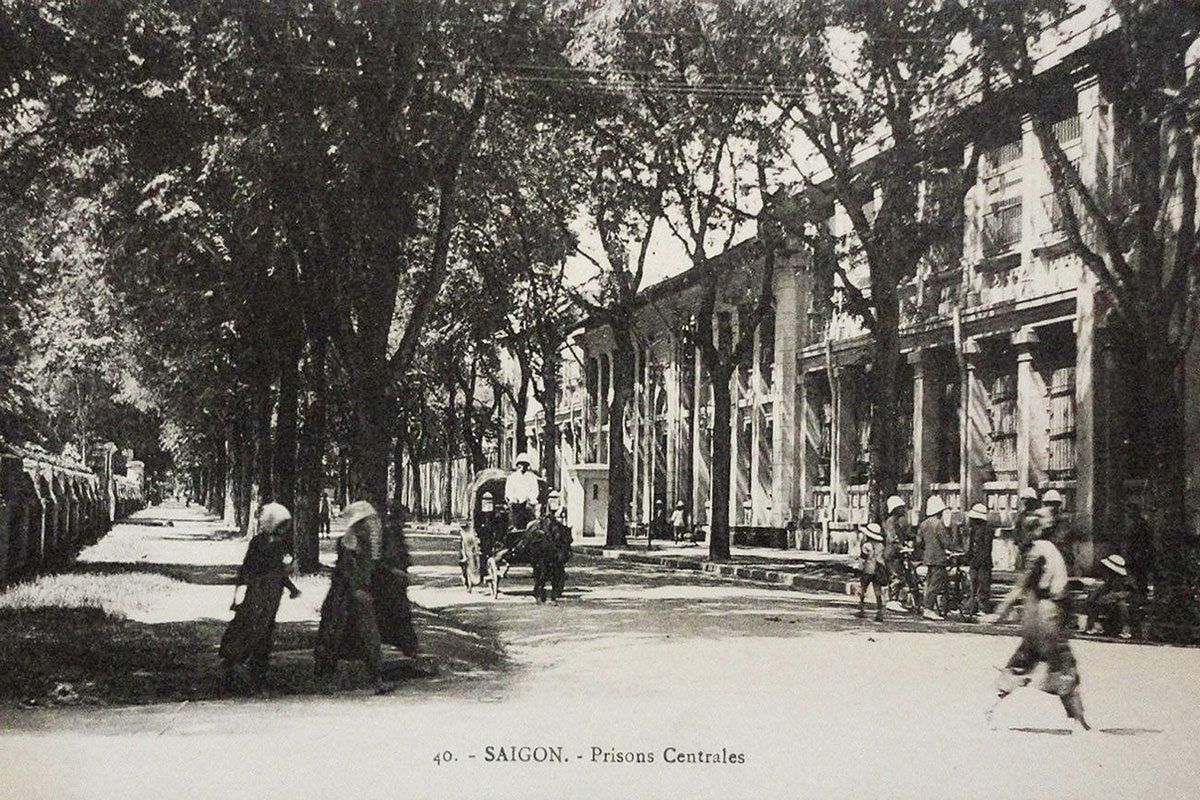The Customs Directorate, one of the city’s best-loved colonial landmarks, is the latest in a series of government buildings to face the threat of redevelopment.
Related Articles:
- Date With The Wrecking Ball: Ba Son Shipyard
- Date With The Wrecking Ball: The Catinat Building
- Date With The Wrecking Ball: The Nguyen Van Cua Imprimerie de l'Union Building
According to a reliable source, the Hồ Chí Minh City Customs and Excise Department is currently seeking permission to demolish and rebuild its headquarters, the former Hôtel des douanes (Customs Directorate) at 21 Tôn Đức Thắng, which was built in 1885-1887 to a design by celebrated French architect Alfred Foulhoux (see Foulhoux’s Saigon). Like most of the city’s colonial buildings, the Customs Directorate building is not recognised as built heritage and thus enjoys no legal protection.

The Hôtel des douanes in the early 1900s.
The Customs Directorate building is in fact the second major civic building to be constructed on this site. Its forerunner was the grand three-storey brick residence of wealthy Cantonese merchant trader Wang Tai (see Wang Tai and the Cochinchina Opium Monopoly), who ran the Cochinchina opium monopoly between 1861 and 1881.

The facade of the Customs Directorate building today.Photo by Lee Starnes.
Inaugurated in 1867, and known popularly as the Maison Wang-Tai or Hôtel Wang-Tai, this building is said to have caused some embarrassment in the upper echelons of the colonial administration, because it was far grander than the first Admiral-Governor’s Palace – a series of three wooden buildings imported in kit form from Singapore!

The Maison Wang-Tai in the 1870s.
Many of the rooms in the Maison Wang-Tai were rented out to tenants; most notable among the latter was the first Mairie (Town Hall), which in 1869 occupied a whole floor. Wang Tai later relocated all of his operations to Chợ Lớn, permitting the conversion of his building in 1874 into the European-standard Hôtel Cosmopolitan. Perhaps as a consequence, the alley behind it, known throughout the colonial period as the rue des Fleurs, subsequently became home to a large number of “houses of ill-repute.”
In 1881, the French authorities moved to break Wang Tai’s monopoly in the shipping and processing of opium. Then, in the following year, they purchased the Maison Wang-Tai outright for the sum of 200,000 Francs, and transformed it into the headquarters of their Directorate of Customs and Excise (Direction des Douanes et Régies) – ironically, the very same government agency which controlled the lucrative opium franchise.

The Maison Wang-Tai in 1882 after it was converted into the headquarters of the Directorate of Customs and Excise.
However, they quickly found that the old building was not as capacious as they had envisaged. Surviving pictures of the original Maison Wang-Tai show that interior space was sacrificed to create wide open corridors behind the facade on all three floors. The Directorate of Customs and Excise needed more room, and accordingly in 1885, Cochinchina’s Chief Architect Marie-Alfred Foulhoux (1840-1892) was commissioned to rebuild the Maison Wang-Tai as the Hôtel des douanes – the building which stands today.

A side view of the Hôtel des douanes in the early 1900s.
Foulhoux’s brief was simply to rebuild the earlier edifice in a way which made optimal use of space, and his design retained the floors and several walls of the original Maison Wang-Tai. Despite this, he succeeded in creating one of the city's most attractive pieces of neo-classical architecture, grand in proportions and elegant in detail.
Of particular interest to many tourists is the decoration on the upper facade of the building. Writer, journalist and Indochina specialist Jules Boissière (1863-1897) pointed out that the badges between the third-floor windows feature opium poppies, by the 1880s one of the most important revenue streams for the Cochinchina government!

The opium poppy decoration on the upper facade of the Customs Directorate building today. Photo by Lee Starnes.
Foulhoux’s Hôtel des douanes still functions today as a Customs Department, nearly 130 years after it was built. News of its threatened redevelopment has been greeted with disbelief by conservationists, many of whom have voiced concern that such a major architectural work has not yet been recognised as heritage, and can apparently be destroyed at the whim of its occupants.

Tim Doling is the author of the forthcoming book of walking tours entitled Exploring Hồ Chí Minh City (Nhà Xuất Bản Thế Giới, Hà Nội, 2014) and also conducts 4-hour Heritage Tours of Historic Saigon and Cholon. For more information about Saigon history and Tim's tours, visit his website, www.historicvietnam.com.















